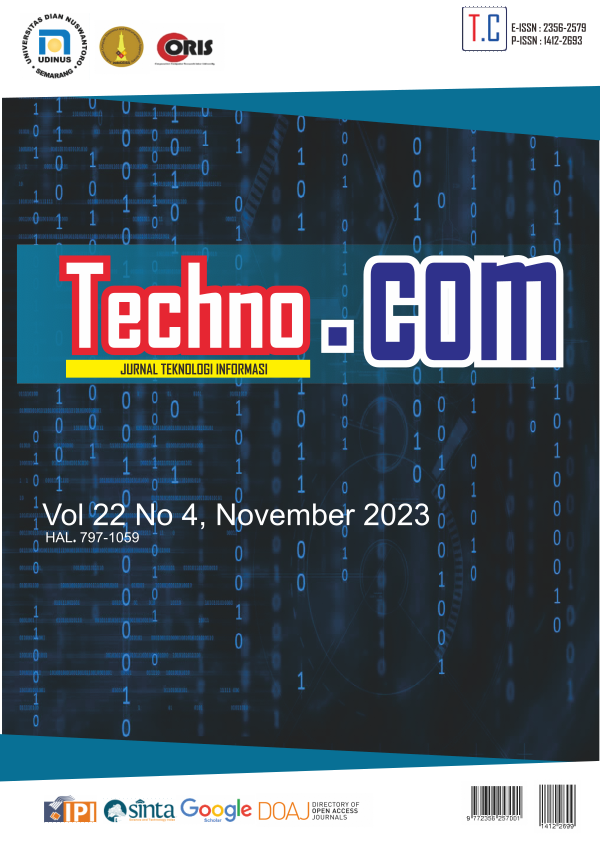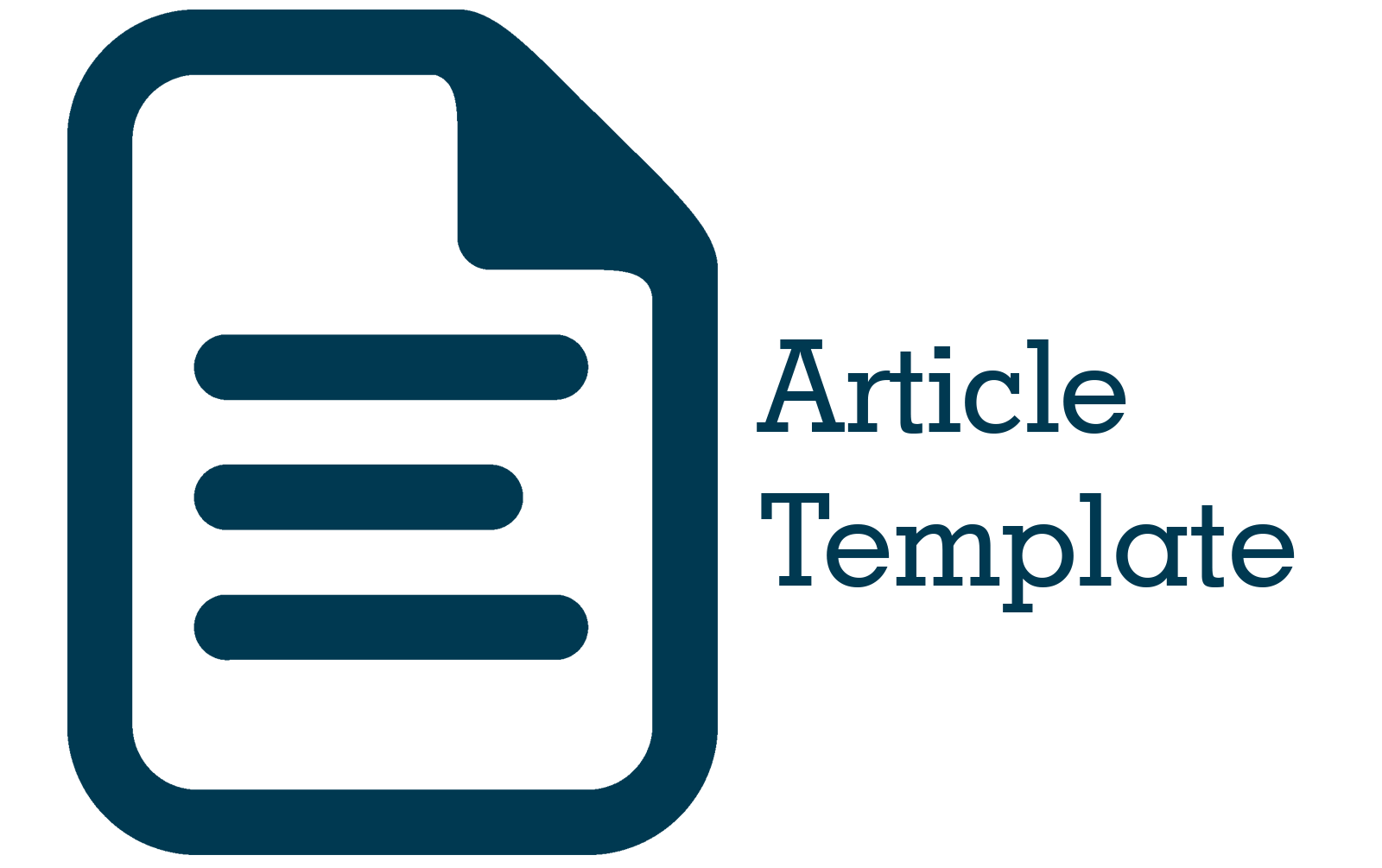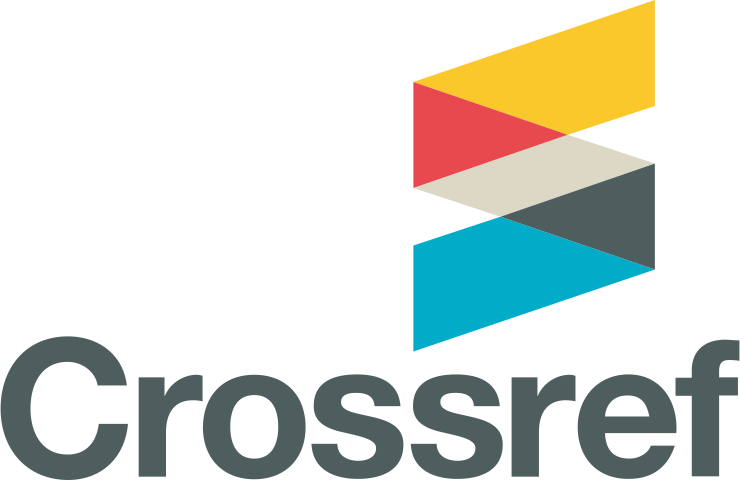Pengembangan Prototype Pembelajaran Berbasis Mobile untuk Anak Berkebutuhan Khusus dengan Design Thinking
DOI:
https://doi.org/10.33633/tc.v22i4.9248Keywords:
Design Thingking, UDP, ABKAbstract
ABK memiliki tingkat IQ di bawah 70. Pembelajaran bagi ABK cenderung lebih sulit untuk dicerna karena mereka memiliki keterbatasan dalam fungsi organ secara permanen salah satunya dari sisi intelektual. Tujuan penelitian ini adalah untuk mengimplementasikan pembelajaran berupa aplikasi UDP (Unity Dyslexia Platform) untuk memudahkan guru, orang tua, dan siswa dalam proses pembelajaran. Metode penelitian ini menggunakan design thinking dengan tahapan emphasize, define, ideate, prototype, dan test. Hasil dari usability testing secara keseluruhan didapatkan persentase 61.23% dari direct success, 2.04% dari mission unfinished, 30% dari misclick rate, dan 37.62s dari average duration. Adapun rekomendasi yang perlu dilakukan untuk penelitian selanjutnya adalah memperbaiki beberapa fungsi button pada desain aplikasi, menelaah lebih dalam mengenai aksesibilitas desain, dan melakukan proses UX Design dengan lebih mendalam serta lebih terperinci agar menghasilkan peluang solusi yang lebih solutif.References
M. Sigala, A. Beer, L. Hodgson, and A. O’Connor, Big Data for Measuring the Impact of Tourism Economic Development Programmes: A Process and Quality Criteria Framework for Using Big Data. 2019.
G. Nguyen et al., “Machine Learning and Deep Learning frameworks and libraries for large-scale data mining: a survey,” Artificial Intelligence Review, vol. 52, no. 1, pp. 77–124, 2019, doi: 10.1007/s10462-018-09679-z.
C. Shorten and T. M. Khoshgoftaar, “A survey on Image Data Augmentation for Deep Learning,” Journal of Big Data, vol. 6, no. 1, 2019, doi: 10.1186/s40537-019-0197-0.
R. Vinayakumar, M. Alazab, K. P. Soman, P. Poornachandran, A. Al-Nemrat, and S. Venkatraman, “Deep Learning Approach for Intelligent Intrusion Detection System,” IEEE Access, vol. 7, pp. 41525–41550, 2019, doi: 10.1109/ACCESS.2019.2895334.
K. Sivaraman, R. M. V. Krishnan, B. Sundarraj, and S. Sri Gowthem, “Network failure detection and diagnosis by analyzing syslog and SNS data: Applying big data analysis to network operations,” International Journal of Innovative Technology and Exploring Engineering, vol. 8, no. 9 Special Issue 3, pp. 883–887, 2019, doi: 10.35940/ijitee.I3187.0789S319.
A. D. Dwivedi, G. Srivastava, S. Dhar, and R. Singh, “A decentralized privacy-preserving healthcare blockchain for IoT,” Sensors (Switzerland), vol. 19, no. 2, pp. 1–17, 2019, doi: 10.3390/s19020326.
F. Al-Turjman, H. Zahmatkesh, and L. Mostarda, “Quantifying uncertainty in internet of medical things and big-data services using intelligence and deep learning,” IEEE Access, vol. 7, pp. 115749–115759, 2019, doi: 10.1109/ACCESS.2019.2931637.
S. Kumar and M. Singh, “Big data analytics for healthcare industry: Impact, applications, and tools,” Big Data Mining and Analytics, vol. 2, no. 1, pp. 48–57, 2019, doi: 10.26599/BDMA.2018.9020031.
L. M. Ang, K. P. Seng, G. K. Ijemaru, and A. M. Zungeru, “Deployment of IoV for Smart Cities: Applications, Architecture, and Challenges,” IEEE Access, vol. 7, pp. 6473–6492, 2019, doi: 10.1109/ACCESS.2018.2887076.
B. P. L. Lau et al., “A survey of data fusion in smart city applications,” Information Fusion, vol. 52, no. January, pp. 357–374, 2019, doi: 10.1016/j.inffus.2019.05.004.
Y. Wu et al., “Large scale incremental learning,” Proceedings of the IEEE Computer Society Conference on Computer Vision and Pattern Recognition, vol. 2019-June, pp. 374–382, 2019, doi: 10.1109/CVPR.2019.00046.
A. Mosavi, S. Shamshirband, E. Salwana, K. wing Chau, and J. H. M. Tah, “Prediction of multi-inputs bubble column reactor using a novel hybrid model of computational fluid dynamics and machine learning,” Engineering Applications of Computational Fluid Mechanics, vol. 13, no. 1, pp. 482–492, 2019, doi: 10.1080/19942060.2019.1613448.
V. Palanisamy and R. Thirunavukarasu, “Implications of big data analytics in developing healthcare frameworks – A review,” Journal of King Saud University - Computer and Information Sciences, vol. 31, no. 4, pp. 415–425, 2019, doi: 10.1016/j.jksuci.2017.12.007.
J. Sadowski, “When data is capital: Datafication, accumulation, and extraction,” Big Data and Society, vol. 6, no. 1, pp. 1–12, 2019, doi: 10.1177/2053951718820549.
J. R. Saura, B. R. Herraez, and A. Reyes-Menendez, “Comparing a traditional approach for financial brand communication analysis with a big data analytics technique,” IEEE Access, vol. 7, pp. 37100–37108, 2019, doi: 10.1109/ACCESS.2019.2905301.
D. Nallaperuma et al., “Online Incremental Machine Learning Platform for Big Data-Driven Smart Traffic Management,” IEEE Transactions on Intelligent Transportation Systems, vol. 20, no. 12, pp. 4679–4690, 2019, doi: 10.1109/TITS.2019.2924883.
S. Schulz, M. Becker, M. R. Groseclose, S. Schadt, and C. Hopf, “Advanced MALDI mass spectrometry imaging in pharmaceutical research and drug development,” Current Opinion in Biotechnology, vol. 55, pp. 51–59, 2019, doi: 10.1016/j.copbio.2018.08.003.
C. Shang and F. You, “Data Analytics and Machine Learning for Smart Process Manufacturing: Recent Advances and Perspectives in the Big Data Era,” Engineering, vol. 5, no. 6, pp. 1010–1016, 2019, doi: 10.1016/j.eng.2019.01.019.
Y. Yu, M. Li, L. Liu, Y. Li, and J. Wang, “Clinical big data and deep learning: Applications, challenges, and future outlooks,” Big Data Mining and Analytics, vol. 2, no. 4, pp. 288–305, 2019, doi: 10.26599/BDMA.2019.9020007.
M. Huang, W. Liu, T. Wang, H. Song, X. Li, and A. Liu, “A queuing delay utilization scheme for on-path service aggregation in services-oriented computing networks,” IEEE Access, vol. 7, pp. 23816–23833, 2019, doi: 10.1109/ACCESS.2019.2899402.
G. Xu, Y. Shi, X. Sun, and W. Shen, “Internet of things in marine environment monitoring: A review,” Sensors (Switzerland), vol. 19, no. 7, pp. 1–21, 2019, doi: 10.3390/s19071711.
M. Aqib, R. Mehmood, A. Alzahrani, I. Katib, A. Albeshri, and S. M. Altowaijri, Smarter traffic prediction using big data, in-memory computing, deep learning and gpus, vol. 19, no. 9. 2019. doi: 10.3390/s19092206.
Downloads
Published
Issue
Section
License
License Terms
All articles published in Techno.COM Journal are licensed under the Creative Commons Attribution-NonCommercial 4.0 International (CC BY-NC 4.0). This means:
1. Attribution
Readers and users are free to:
-
Share – Copy and redistribute the material in any medium or format.
-
Adapt – Remix, transform, and build upon the material.
As long as proper credit is given to the original work by citing the author(s) and the journal.
2. Non-Commercial Use
-
The material cannot be used for commercial purposes.
-
Commercial use includes selling the content, using it in commercial advertising, or integrating it into products/services for profit.
3. Rights of Authors
-
Authors retain copyright and grant Techno.COM Journal the right to publish the article.
-
Authors can distribute their work (e.g., in institutional repositories or personal websites) with proper acknowledgment of the journal.
4. No Additional Restrictions
-
The journal cannot apply legal terms or technological measures that restrict others from using the material in ways allowed by the license.
5. Disclaimer
-
The journal is not responsible for how the published content is used by third parties.
-
The opinions expressed in the articles are solely those of the authors.
For more details, visit the Creative Commons License Page:
? https://creativecommons.org/licenses/by-nc/4.0/
















